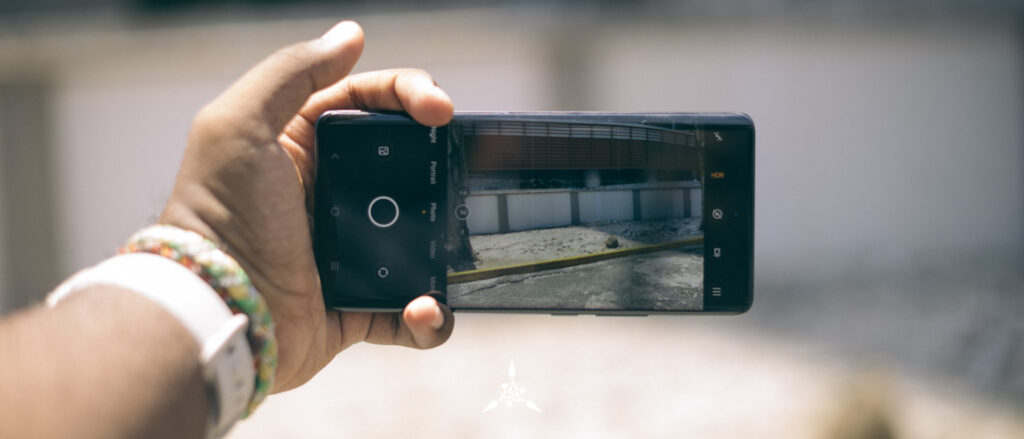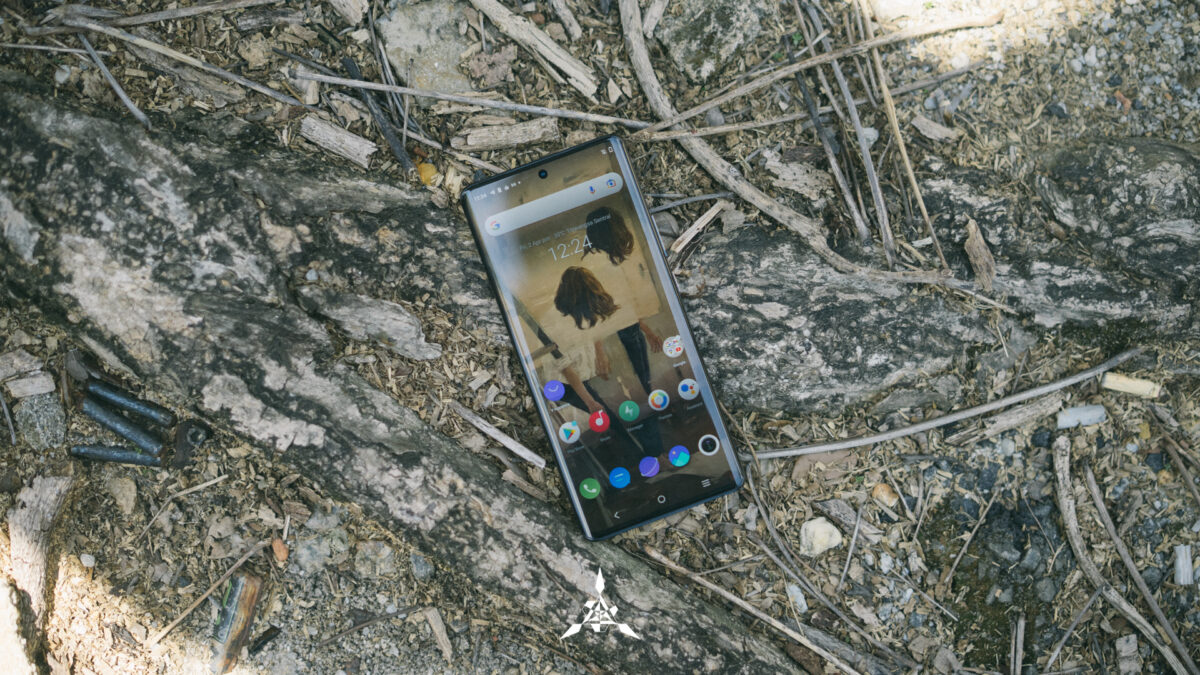Here’s the thing, we got this smartphone to review long before it was announced and since then we have been finding time to write it and even find the right sentiment to talk about this particular smartphone. Vivo is known for doing something different, if at all they are the first to have a phone with Gimbal Stablizing baked into the system itself which other brands have not done at all. That said, this happened with the First generation X50 and it needed the tinkering to be better. But is slapping the Zeiss logo onto a phone and “co-engineering” it helps at all? Honest answer is: it really doesn’t.
Our focus on this review isn’t going to be towards the usual factor but we are going to focus on what the brand claims that they are good at. But here’s a TL; DR on what’s good.
Nice Design
I have to say, the X60 is one of the few smartphones in the market to have this nice finish I could just go with every day. That matte frosted finish on the back is more than enough to win my heart and its soft feeling does get to you. Holding and using the phone in my hands felt like holding something silky and delicate – and I loved it. The curves are a lot finer, and they did a good job in making an ergonomic design choice.
Snapdragon 870 Goodness
The 870 5G Processor from Qualcomm is an oddly placed processor given that usually the 800-series gives the idea that it’s a flagship lineup with the current processor being the 888. But think of the Snapdragon 870 as the 865++ (yes, plus plus) that we never got. This particular processor gets marginally better than the 865 from 2020 and that is if you just look at the performance. Thermals on the other hand, well – Qualcomm did not do a good job at that – with the processor running pretty toasty, its best that you don’t toggle max graphics settings for the sake of your hands although just so you know, the processor is indeed powerful enough to handle good graphics.
The Zeiss Slapped Camera

This is where I am really going to share my thoughts behind the whole camera system but before that, let me tap into their first phone to do the whole Gimbal Stabilization – the Vivo X50. We did have the chance last year to play with it for a short while and we could see what Vivo wanted to do: eliminating a proper gimbal almost entirely and have it baked right into the phone itself, which does save a whole lot of trouble of carrying another device and so much more. It was revolutionary as I was impressed with their first generation even though it required some fine tuning here and there like the slight delay in movement, some quality drops and a bit of the warping when suddenly moving the phone around.
Now that’s alright if it’s a first-time execution and it could be fixed with an update, but what if I told you the 2nd Generation Gimbal Stabilization felt the same as the first one on the newer X60?

The thing about the whole Gimbal System it uses and the idea behind is a great one, but Vivo’s very own software development to make it a worthy experience puts it far behind from being a good one. It has two ways of stabilizing – the stabilizing turned on captures an enough range, the “ultrafine” stabilizer mode of sorts crops the image further and stabilizes the video. Now, this is okay if it was on a bright day but once the sun sets, the quality goes down with the sun. The gimbal still has the delay when you do try to move it left and right which is so obvious. If you do try to shoot some professional-ish video for your YouTube, you will have to correct a lot of things.

Video aside, what about the pictures? Looking at the pictures taken at this laundromat without changing anything in the settings – you can notice how saturated the colors are and if you zoom in closely in the ultrawide images to the wall, there are chromatic aberrations which ruins the integrity of the image. The camera sides more towards the cooler blue and purple hue which you can notice on the car. The HDR tries to balance things out but the saturation makes it unusable and given these days, once an image is taken, it goes into an app like VSCO for edits, images like these become harder to tinker with such colors. One thing we don’t understand is how an image taken in a bright lit place, has grains in it.
Vivo needs to put in a lot of work and when I mean a lot – that’s a lot. Hardware can only go as far as it can and for general consumers, sure, it can be an alright phone to just point and shoot but when the quality is the way it is right outside the box with flaws, fast forward to about a year or two later, you best bet this camera would have aged poorly. The software needs tons of fixing, from its color balance and going for a better color science with their image. Also, leveraging over a reputable lens brand isn’t enough either, especially when it shows little to no improvement or that leap in imaging. The Zeiss Biotar Portrait Style may give that swirly bokeh to add the extra insta-flare to one’s profile, but it isn’t enough to convince me that its worth spending my hard-earned money just for that.
Conclusion

Here’s the thing, the Vivo X60 Pro would have been a great phone, and I mean it – when I saw the X50, I knew it and the phone brought back some of the excitement that I lost in the smartphone space and it’s one phone I really followed through and through – but all that hope I had been lost in process. Vivo can still salvage it ONLY if they believed in their software department in making a much better camera experience.
I’d love to pay RM 3299 if the camera was worthwhile, in fact, during one of my recent shoots to capture b-rolls for a Car shoot, it all came down to getting either the Vivo V60 Pro or a DJI Pocket 2 – and seriously, if the software showed even the slightest sign of improvements, I wouldn’t have bought the Pocket 2 at all and I mean it. Perhaps with a new “V70” or whatever the name will be gets it right, as they always say, third time’s the charm.
Special thanks to Vivo for providing the X60 Pro for us to review and take a closer look at.
























